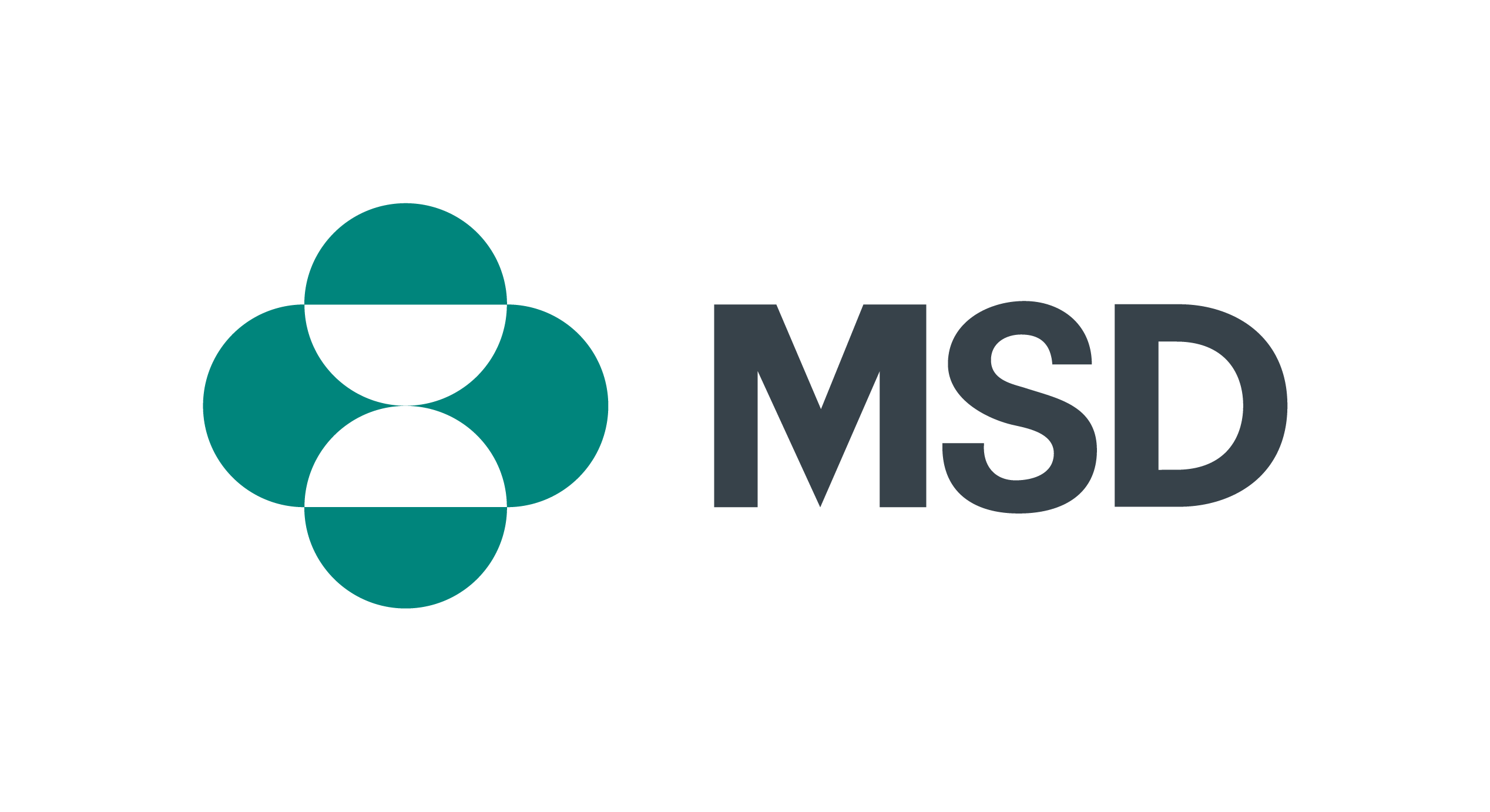Industry Sessions
29 October 2021

Lunch Industry Symposium Time: 12:55- 13:55 Auditorium 2 +Virtual
Optimal Management of the Anticoagulated Patient with Life-Threatening Bleeding
An Interactive CME Certified Symposium
Faculty: Barbra Backus, The Netherlands
Faculty: Richard Body, United Kingdom
Faculty: Robert Leach, Belgium
Faculty: W. Brian Gibler, U.S.A.
Faculty: Martin Möckel, Germany
What Are the Indications for Anticoagulation in Patients Presenting to the Emergency Department?
What Are Repletion and Reversal Strategies for the Anticoagulated Patient With Life-threatening Bleeding?
How Do I Develop a Hospital Critical Pathway for Severe Bleeding in the Anticoagulated Patient?
How To Approach Life-threatening Bleeding in Anticoagulated Patients, I.E., Intracranial Hemorrhage, Gastrointestinal, Trauma?

Lunch Industry Symposium Time: 12:55- 13:55 Virtual
Antivirals at Home: Moving Beyond Supportive Care for Outpatients with COVID-19
The changing epidemiology of SARS-CoV-2 and COVID-19
Speaker: Carolina Garcia Vidal, Spain
Considerations in emergency medical care for patients with possible COVID-19
Speaker: Juan González Del Castillo, Spain
Treatment at home: Emerging oral COVID-19 treatment options
Speaker: Yoseph Caraco, Spain

Lunch Industry Symposium Time: 12:55- 13:55 Auditorium 7
Evaluation of mTBI patients in the ED
Speaker: Francisco Moya, Spain
Baxter Lunch Industry Symposium Time: 12:55- 13:55 Room 3A+B
How to manage fluids to patients’ need?
Chair Abdo Khoury, France
Chair Jacob Bacariza, Portugal
12:55 Introduction
13:00 Importance of gold-directed therapy in ED
Speaker : Fillipe Gonzalez, Portugal
13:15 Fluid management in sepsis patient: FRESH trial
Speaker: Lui Forni, United Kingdom
13:30 Learning from Spanish guidelines implementation
Speaker: Dra Najarro, Spain

The Age of Microfluidics
Friday 29th October Product Demo
10:40am in the Exhibition Hall, SIMCUP area during the coffee break
Come and join our product presentation session, where we will demonstrate first-hand the power of the LumiraDx Platform. As industry-leading innovators,
we have developed a state-of-the-art Platform, to deliver high accuracy diagnostics. Providing simple, accessible, and affordable point of care testing.
With a pipeline of 30+ assays, initially focused on some of the most common conditions being diagnosed or managed with POC testing.
Better Health. Better Experiences. Better Outcomes
30 October 2021

BD Lifesciences Lunch Industry Symposium Time: 12:55- 13:55 Room 5AB
The impact of non-reported POCT errors on patient care and hospital resources
Welcome and introduction of speakers
Chair: Anthony Malpass, United Kingdom
Introduction of POCT
Speaker: Kevin Rooney, United Kingdom
POCT in the ED
Speaker: Ulf Martin Schilling, Sweden
Patient case study 1
Speaker: Kevin Rooney, United Kingdom
Video of the taking of blood gas samples from patients
Speaker: Antonio Buño Soto, Spain
How Hb errors can occur
Speaker: Antonio Buño Soto, Spain
Patient case study 2
Speaker: Ulf Martin Schilling, Sweden
How Potassium errors can occur
Speaker: Antonio Buño Soto, Spain
POCT – the laboratory viewpoint
Speaker: Antonio Buño Soto, Spain
Panel Discussion
